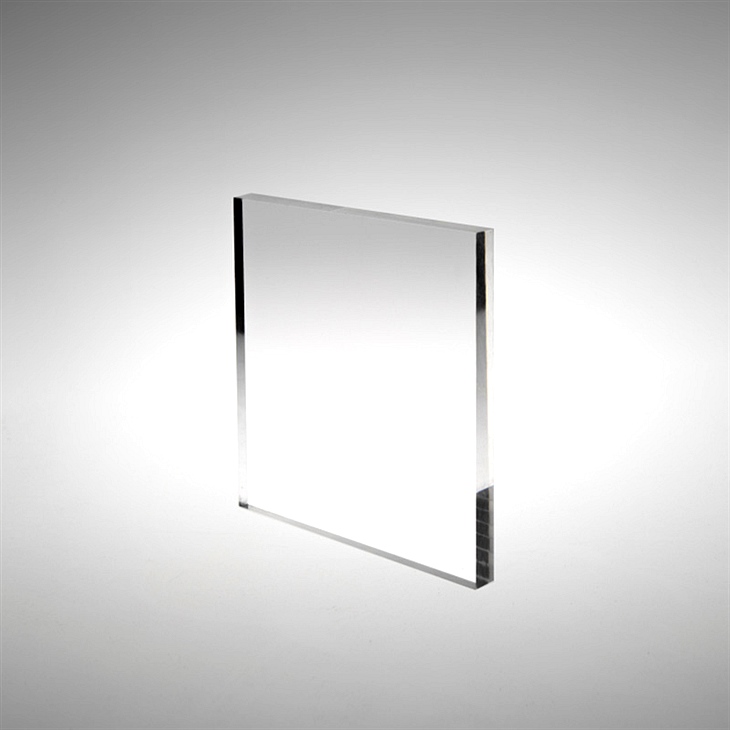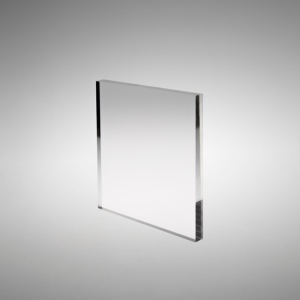
Optical grade acrylic
The light guide plate/anti-static plate/hardened plate substrate adopts the optical grade acrylic sheet produced by the casting and extrusion process, with excellent light transmittance and surface finish. The surface has good surface hardness and resistance to chemical solvent erosion, and can be wiped with alcohol; the coating has good durability, high mechanical strength and excellent processing performance.
Product description
Optical grade acrylicOptical grade acrylic sheet produced by casting and extrusion process, with excellent light transmittance and surface finish.
The surface has good surface hardness and resistance to chemical solvent erosion, and can be wiped with alcohol; the coating has good durability, high mechanical strength and excellent processing performance.
product information:
Thickness: 0.8mm-30mm
Specification: common size 1220×1830mm, 1220*2440mm
Other sizes can support customized sizes, please consult customer service.
Application industry:
Semiconductor industry, LCD industry, electronic equipment and microelectronic equipment, observation windows and equipment covers,
Communication manufacturing, precision instruments, optical lighting, pharmaceutical industry and bioengineering industries.
Product Features:
1 Good light transmittance
2 Low volatility
3 Good weather resistance
4Long service life
5 Light weight
6 High mechanical strength
Optical acrylic sheet is actually a kind of transparent plexiglass.
Plexiglass is an important thermoplastic that has been developed earlier. It has transparency, stability and weather resistance, is easy to dye, easy to process, and has a beautiful appearance. It has a wide range of applications in the construction industry.
1. High degree of transparency. Plexiglass is currently the most excellent polymer transparent material, with a light transmittance of 92%, which is higher than that of glass. The tube of the sun lamp called the artificial little sun is made of quartz, because quartz can completely transmit ultraviolet rays. Ordinary glass can only transmit 0.6% of ultraviolet rays, but plexiglass can transmit 73%.
2. Light weight. The density of plexiglass is 1.18g/cm3; the weight of a material of the same size is only half that of ordinary glass, and 43% of metallic aluminum (belonging to light metal).
3. Easy to process. Plexiglass can not only be cut with a lathe and drilled with a drill, but also can be bonded into various shapes with acetone, chloroform, etc., and can also be processed into airplanes by blow molding, injection, extrusion and other plastic molding methods. Cockpit covers are as small as dentures and dental trays.


